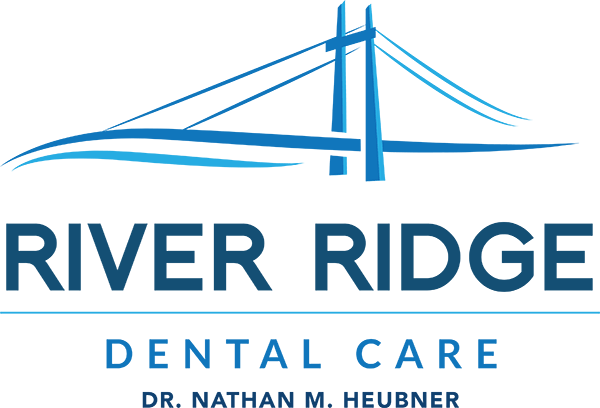Periodontal & Dental Implant Services

Dental Implants

Dental implants are used to replace missing teeth and roots. Implants are small titanium posts that are surgically placed into the jawbone where the teeth are missing. The bone bonds with the titanium, acting as a tooth root substitute. Posts are attached to the implant allowing for dental prosthetic attachments.
Dental implants are used to replace missing teeth and roots. Implants are small titanium posts that are surgically placed into the jawbone where the teeth are missing. The bone bonds with the titanium, acting as a tooth root substitute. Posts are attached to the implant allowing for dental prosthetic attachments.
Crown Lengthening

Commonly used to expose more tooth structure. Crown lengthening involves the removal of gum tissue and/or bone to expose more of a tooth’s structure.
Commonly used to expose more tooth structure. Crown lengthening involves the removal of gum tissue and/or bone to expose more of a tooth’s structure.
Gum Grafting

Commonly used to treat root exposure resulting from receded gum tissue. Tissue is removed from the roof of the mouth or from gum tissue near the tooth and stitched into the area needing gingival repair.
Commonly used to treat root exposure resulting from receded gum tissue. Tissue is removed from the roof of the mouth or from gum tissue near the tooth and stitched into the area needing gingival repair.
Bone Grafting

The replacement or enhancement of bone around teeth. When a tooth is lost, the surrounding bone collapses. Bone grafting is performed to reverse bone loss or enhance bone. The bone can be taken from parts of the body or from synthetic material. Bone grafting allows for proper support of dental implants or prostheses.
The replacement or enhancement of bone around teeth. When a tooth is lost, the surrounding bone collapses. Bone grafting is performed to reverse bone loss or enhance bone. The bone can be taken from parts of the body or from synthetic material. Bone grafting allows for proper support of dental implants or prostheses.
Bone Regeneration

This procedure is used to regenerate lost bone around existing teeth, or in an area where teeth have been extracted. This procedure is often performed to protect your existing teeth and the tissues that keep them in place from bacterial plaque. The gingival tissue is folded back to remove the disease-causing bacteria. Membranes, bone grafts or tissue-stimulating proteins can be used to encourage the body’s natural ability to regenerate bone and tissue.
This procedure is used to regenerate lost bone around existing teeth, or in an area where teeth have been extracted. This procedure is often performed to protect your existing teeth and the tissues that keep them in place from bacterial plaque. The gingival tissue is folded back to remove the disease-causing bacteria. Membranes, bone grafts or tissue-stimulating proteins can be used to encourage the body’s natural ability to regenerate bone and tissue.
Osseous Surgery (Pocket Depth Reduction)

A surgical procedure used to smooth and reshape affected bone under the gum tissue. This procedure is performed when a pocket around a tooth (or teeth) has not responded to other treatments. It creates a shallow pocket, making it difficult for bacteria to survive and damage bone, which results in bone loss and, ultimately, tooth loss.
A surgical procedure used to smooth and reshape affected bone under the gum tissue. This procedure is performed when a pocket around a tooth (or teeth) has not responded to other treatments. It creates a shallow pocket, making it difficult for bacteria to survive and damage bone, which results in bone loss and, ultimately, tooth loss.
Ridge Expansion

Adequate bone volume of the jawbone is necessary for the secure placement, stability, function, aesthetics and longevity of implants. Because tooth loss can result in diminished bone volume in the jawbone, a bone expansion procedure may be necessary prior to implant placement. This procedure can increase the height and/or width of the jaw ridge through the use of mechanical manipulation combined with a bone graft. The Ridge Expansion takes several months to mature and be sufficiently strong for the placement of implants. Ridge Expansion not only improves the function of implants, but is also a key contributor to the enhanced aesthetics, filling in the face around the gums and jaw and thus minimizing the appearance of aging.
Adequate bone volume of the jawbone is necessary for the secure placement, stability, function, aesthetics and longevity of implants. Because tooth loss can result in diminished bone volume in the jawbone, a bone expansion procedure may be necessary prior to implant placement. This procedure can increase the height and/or width of the jaw ridge through the use of mechanical manipulation combined with a bone graft. The Ridge Expansion takes several months to mature and be sufficiently strong for the placement of implants. Ridge Expansion not only improves the function of implants, but is also a key contributor to the enhanced aesthetics, filling in the face around the gums and jaw and thus minimizing the appearance of aging.
